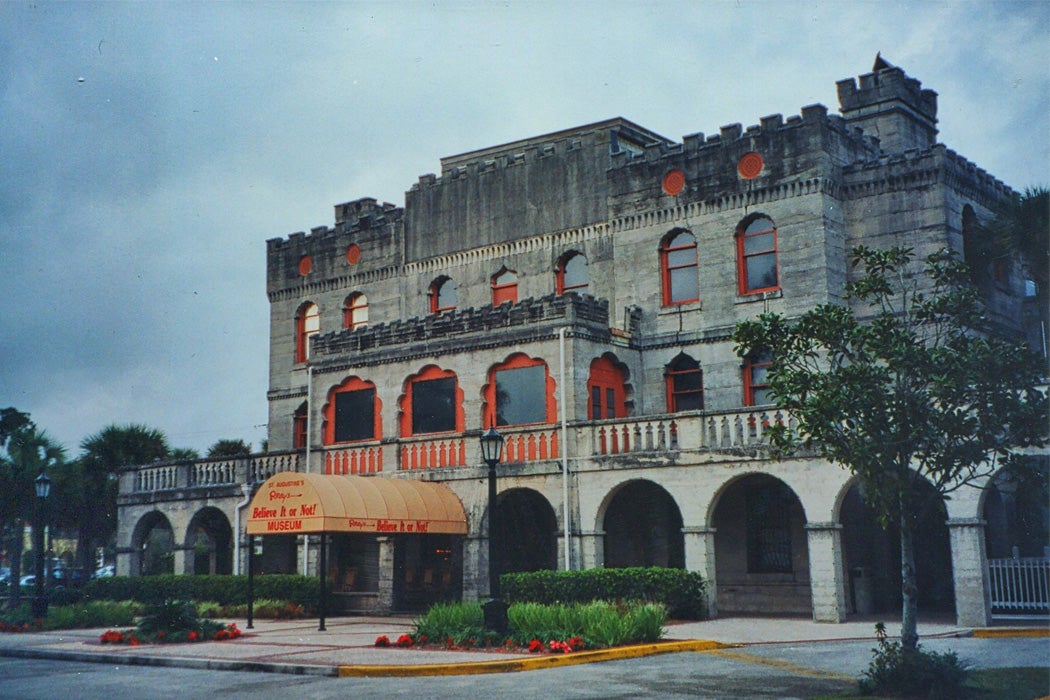Shrunken heads have long been an object of fascination, widely displayed in Western museums. The Ripley’s Believe It or Not museum chain proudly boasts that it has “more than 100 genuine shrunken human heads.” Now some museums are starting to reconsider this practice, including the Pitt Rivers Museum at the University of Oxford. The Art Newspaper reports that the museum is reevaluating its longtime display of shrunken heads as part of a wider “Labelling Matters” project on its historic labels, some of which date back to the nineteenth century.
The shrunken heads, known as tsantsas, are objects of deep ritual meaning for the Shuar people of the Upper Amazon region of South America. Following European contact, however, the Shuar began trading the tsantsas for weapons.
The Shuar had long made the shrunken heads almost exclusively from their enemies’ heads, particularly the Achuar; both groups are members of the indigenous Jivaroan peoples. Then Western demand for heads led to rampant counterfeits, which were frequently still made from human flesh. In a 1944 article for Man, researcher G. E. S. Turner notes the presence of these fakes in museums and collections which are “in fact the heads of unclaimed dead from hospitals and pauper asylums prepared by taxidermists.” Flesh from non-human animals like sloths, monkeys, and other creatures were also used to make the fakes.
The guns received for these creations led to more lethal violence in indigenous warfare. Ironically, the specter of the ruthless headhunter, an image that contributed to making these tsantsas so tantalizing to collectors, was spurred by Western intervention. Soon shrunken heads appeared in museums and became popular displays, drawing visitors through their macabre and “exotic” origins. Their significance beyond a war trophy was rarely recognized.
“[M]useum displays today transform the meaning of tsantsas just as much as Shuar ceremonies once did in the past,” wrote the late anthropologist Steven Lee Rubenstein for Cultural Anthropology. He added:
Trophies of colonial expansion acquired by Euro-Ecuadorians in the upper Amazon, they are instead presented as trophies of Shuar warfare, so that museums can present themselves not as collectors of shrunken human heads but as collectors of tokens of “Shuar culture.”
Indeed, these displays have influenced the perception of the Shuar, even decades after this practice has ended. Anthropologist R. Brian Ferguson in American Ethnologist observes that this “fascination with tsantsas” made “the Jivaro a symbol of the ultimate savage,” adding: “That representation continues…with the Jivaro-like warriors in Raiders of the Lost Ark and many other films of lesser budgets.”
Weekly Digest
Because of these problematic origins and the tsantsas’ place in the ongoing discussion of the ethics of human remains in museums, many institutions are reconsidering these exhibits. The Smithsonian Institution’s National Museum of the American Indian repatriated its tsantsas to the Shuar Federation in 1999. At the Pitt Rivers Museum, several tsantsas are in a case called “Treatment of Dead Enemies” and the museum is in discussions with representatives from the Shuar community about their future. (One issue slowing these dialogues is that the Shuar are actively involved in seeking a halt to the mining of their territory.)
As with other human remains that museums are addressing in their collections, these tsantsas recall how these institutions were often founded on a violent trade in indigenous culture, and how reckoning with that history is necessary for the inclusive representation of heritage.







